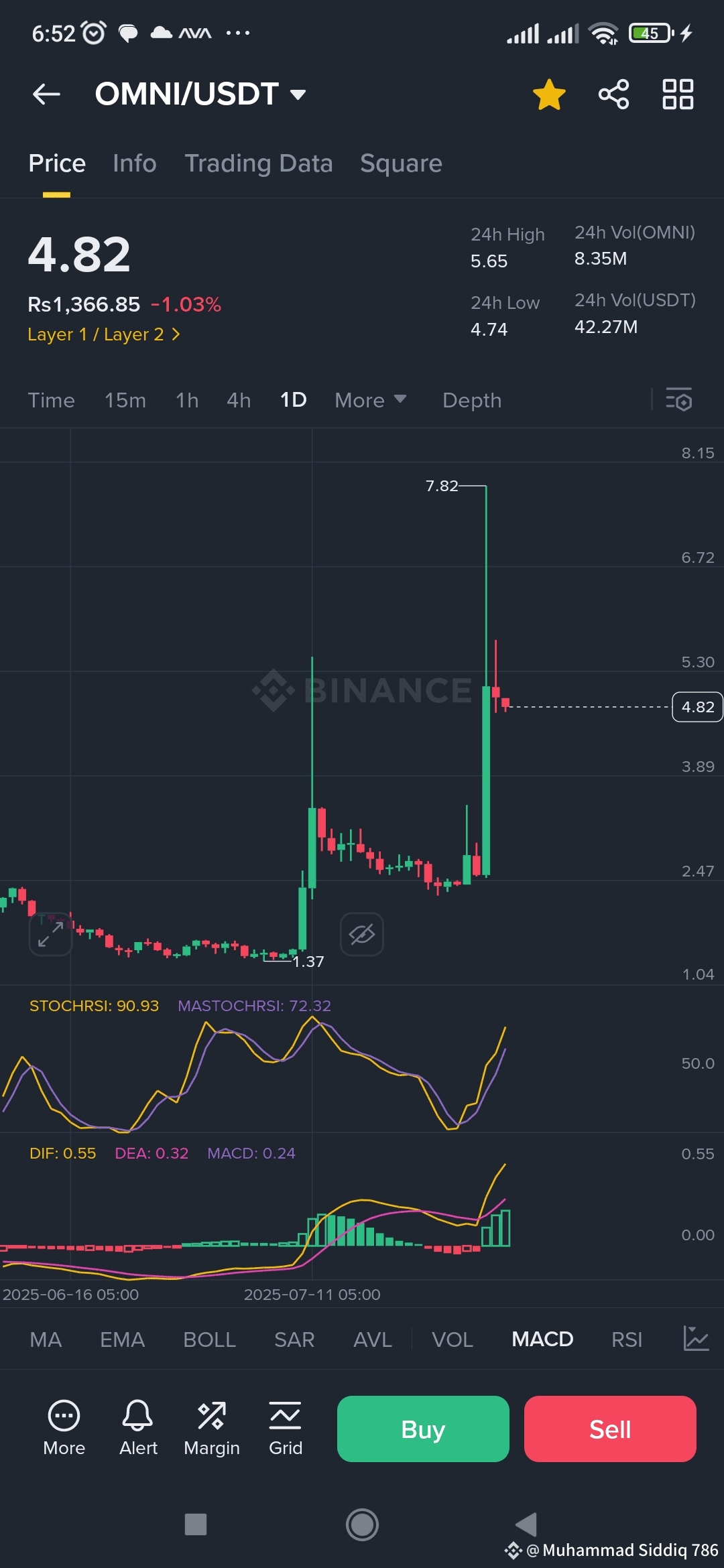Reasons Behind the Tariff
1. High Trade Deficit & Indian Tariffs
President Trump highlighted the massive trade imbalance with India and criticized India’s significantly higher average tariffs on U.S. goods, particularly in agriculture—up to 39% or more—describing them as “far too high.” The U.S. sees India as applying steep non‑monetary trade barriers in several sectors .
2. Pressure for Trade Concessions
Trump's advisers confirmed he was frustrated over stalled trade negotiations, and believes that imposing a high tariff would accelerate talks and push India to strike an interim trade deal .
3. India's Trade with Russia & BRICS Membership
An additional “penalty” was announced targeting India’s continued purchases of Russian oil and military equipment amid the war in Ukraine, and its alignment with BRICS policies perceived as anti‑U.S. .
---
🔍 Context & Background
This move is part of Trump’s broader “Liberation Day” tariff strategy, wherein sweeping tariffs were introduced via executive actions invoking emergency powers. These were first announced in April 2025 under Executive Order 14257 .
Initially threatened at a 26% rate, the final figure was adjusted to 25% for India, making it more punitive compared to reductions granted to other countries (e.g. EU and Japan at 15%, Indonesia 19%) .
Negotiations between the U.S. and India had reached multiple rounds but faltered over demands on agricultural and dairy market access from the U.S. and India’s refusal to ease import protections for its domestic farmers .
---
🧭 Who Is Affected
Indian exporters across textiles, chemicals, pharmaceuticals, gems & jewelry, ceramics, auto parts, and furniture all face serious constraints—and India could lose market share compared to competitors like Vietnam or Bangladesh .
Indian export association leaders warn of shrinkage in margins and market access, and foresee short-term disruption pending a deal .
---
✅ Summary Table
US Perspective India Perspective
High trade deficit, calls to pressure India to open up India's tariffs and non-tariff barriers seen as protection of small farmers
Tariff as a tactic to force trade concessions Concern that the tariff’s impact may damage key export sectors
Additional penalty aimed at India’s Russia ties India cautious about making concessions without reciprocity
---
What Happens Next?
A detailed penalty will be defined soon by the U.S., targeting India’s purchases from Russia .
India remains engaged in trade negotiations. While an interim deal before August 1 seems unlikely, both sides hope to conclude a comprehensive trade deal by September or October .
Economists and market analysts expect the tariffs may be short-lived, assuming both countries reach a trade agreement soon .
